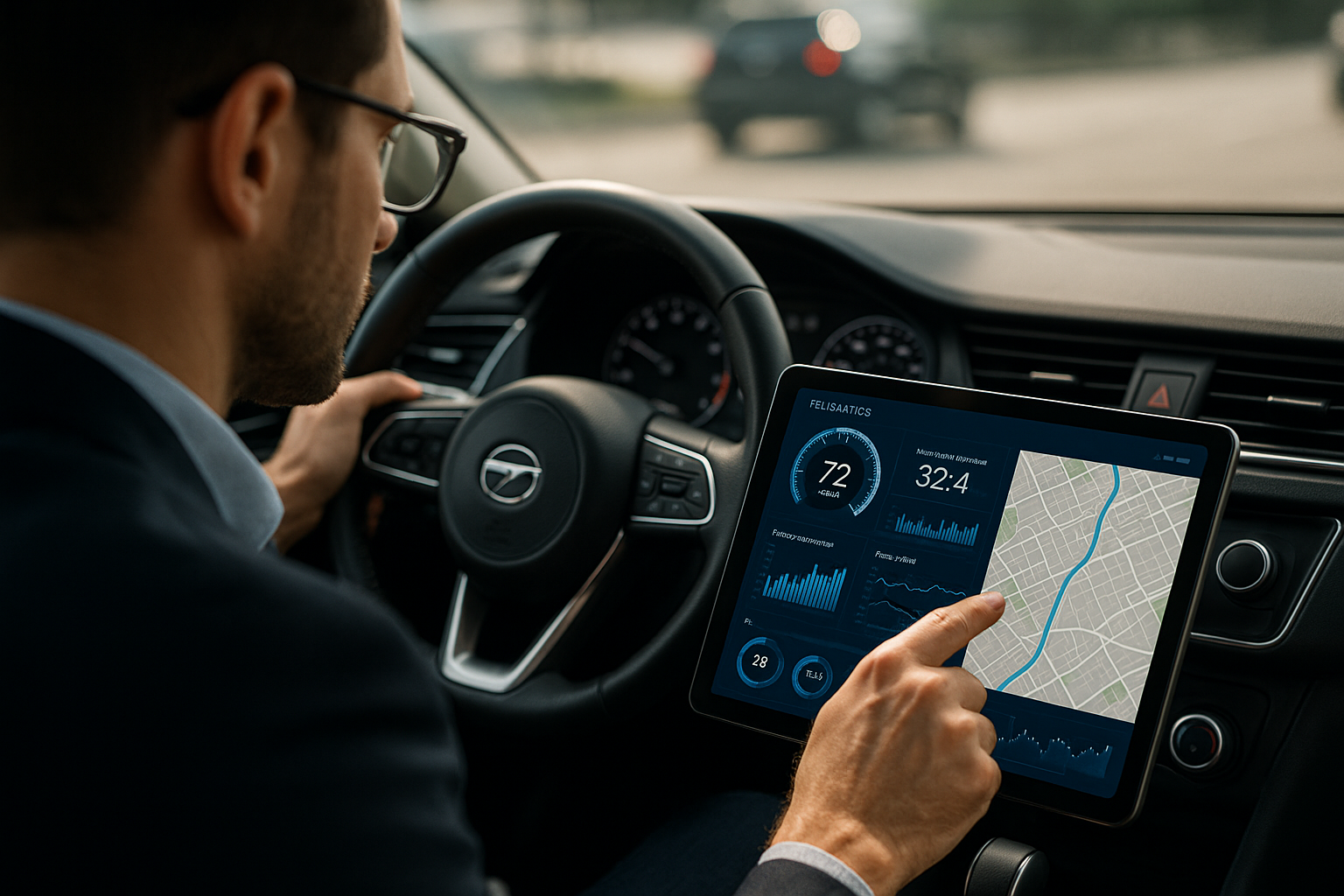Advancements in Vehicle Telematics: Driving Innovation in Auto-Industry
Introduction: With the advent of smarter, connected cars, vehicle telematics has emerged as a revolutionary technology. By changing the way we drive and interact with our vehicles, it has redefined the auto-industry landscape. But what exactly is vehicle telematics, and how is it reshaping the industry? Let's dive in.

1. Understanding Vehicle Telematics
Vehicle telematics is a multidisciplinary field that encompasses telecommunications, vehicular technologies, and other applications like road transportation and safety. It involves the use of sensors installed in cars to collect data, which is then processed and sent to the driver or a third-party using cellular, satellite, or Wi-Fi connections. Although it has been around for a few decades, recent advancements in wireless communications and data processing have propelled it to the forefront of automotive technology.
2. The Evolution of Vehicle Telematics
Vehicle telematics started with the simple concept of tracking a vehicle’s location using GPS technology. However, it has evolved drastically over the years. Modern telematics systems offer a plethora of features, from real-time traffic updates and navigation to remote diagnostics and predictive maintenance. The integration of IoT devices and AI algorithms has further enhanced its capabilities, allowing for personalized services and better driving experiences.
3. Current Trends in Vehicle Telematics
One of the prominent trends in vehicle telematics is the rise of Usage-Based Insurance (UBI). By monitoring driving behaviors, UBI allows insurers to personalize policies and premiums based on individual risk profiles. Another trend is the increased use of telematics data in fleet management. From optimizing delivery routes to monitoring fuel consumption, telematics is helping businesses improve efficiency and reduce costs.
4. Advantages and Challenges of Vehicle Telematics
The benefits of vehicle telematics are numerous. It can enhance driver safety by providing real-time alerts for speeding, hard braking, and sudden acceleration. It can also improve vehicle maintenance by predicting potential breakdowns. However, issues like data privacy and cybersecurity pose significant challenges. Ensuring the secure transmission and storage of telematics data is crucial to gain consumer trust and widespread adoption.
5. The Future of Vehicle Telematics
As vehicle telematics continues to evolve, we can expect to see more innovative applications. For instance, with the integration of AI and machine learning, telematics systems could predict and prevent accidents by analyzing driving patterns and road conditions. Moreover, as 5G networks become more prevalent, the speed and reliability of data transmission will significantly improve, further enhancing the capabilities of telematics systems.
In conclusion, vehicle telematics is a game-changing technology that is set to redefine the future of the auto-industry. While it does present some challenges, the benefits it offers are immense. With continuous advancements in technology, vehicle telematics promises to drive the automotive industry towards a safer, more efficient, and more connected future.




